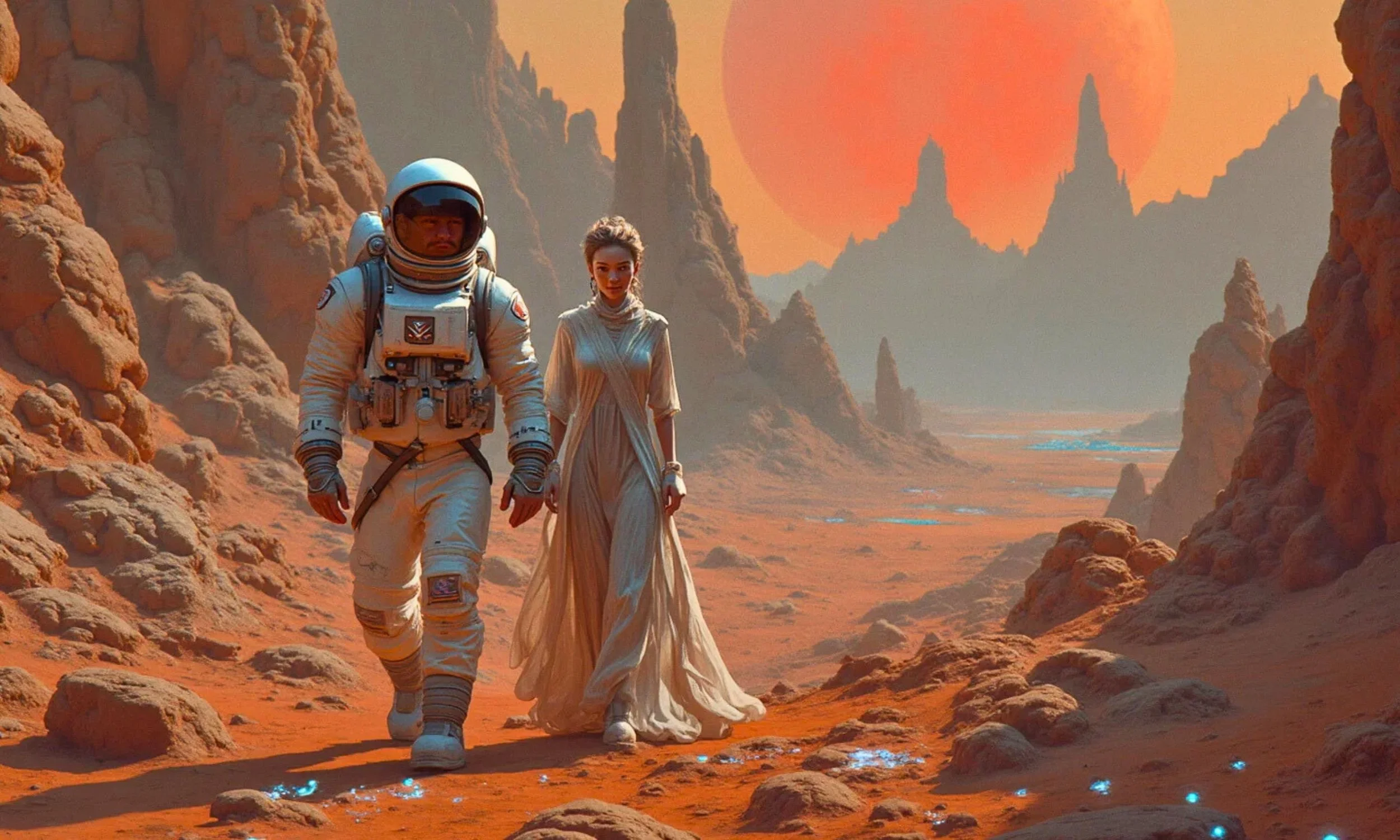Neurogenesis
When you break the word itself down, it comes in two parts: “neuro” as in neuron, and “genesis” as in creation. Neurogenesis broadly speaking is the process by which new neurons are created in the brain, thus allowing for increased plasticity of the brain and stronger synaptic connections. Adult neurogenesis is the process by which new neurons are created and integrated into existing brain circuitry when you are an adult. Adult neurogenesis can be seen in the olfactory bulb and the hippocampus.
The hippocampus is an S-shaped structure within the medial part of the temporal lobe and is densely packed with neurons. It a part of the limbic system, which also includes the hypothalamus and the amygdala. This region helps regulate emotion, memory, and arousal. Furthemore, the hippocampus is of particular interest because of its role in learning and motivation.
The monoamine hypothesis of depression states that antidepressants, a.k.a. selective serotonin reuptake inhibitors (SSRIs), work by increasing the levels of serotonin in the brain. It is thought that because SSRIs act on monoamine systems in the brain, which are involved in regulating emotion, therefore antidepressant results will be produced in individuals with depression.
However, treatment using SSRIs often take weeks to months to produce antidepressant effects, and sometimes they’re not even produced at all. People who have difficulty treating their depression with standard medical treatments are described as having treatment-resistant depression (TRD). Researchers are constantly working to find the mechanisms of depression and how it works in the brain.
Published in Neuropsychopharmacology in 2015, Hill and colleagues conducted a study on mice to measure whether inducing adult neurogenesis in the hippocampus positively affects anxious and depressive behaviors. Studies like these are often administered to mice first because they share similar biological and behavioral components to that of humans.
They found that when the mice were treated chronically with corticosterone (stress hormone secreted by the adrenal glands), increasing adult neurogenesis in the hippocampus does reduce anxiety and depression (1).
When we take these findings and circle back to ketamine, it makes sense. One of ketamine’s main mechanisms is increasing neurogenesis and synaptogenesis, allowing for neuroplasticity. Synaptogenesis is the process by which synaptic connections between the neurons in the brain are created. Increasing neuroplasticity allows for the brain to reorganize its connections more efficiently in response to stress and new changes in its environment. Essentially it is what keeps the brain resilient.
So ketamine increases neurogenesis, but why does it have the reputation of being a fast-acting antidepressant, especially for those with TRD? While we don’t have all of the answers to ketamine’s mechanisms, we do know this:
Ketamine RAPIDLY enhances the maturation of neurons
Rather than increasing serotonin, ketamine acts on the N-methyl-D-aspartate (NMDA) receptor and the glutamate neurotransmitter
Ketamine increases Brain Derived Neurotrophic Factor (BDNF)
Ketamine reduces the functional activity of the Default Mode Network (DMN)
Beyond these multiple mechanisms of action, we also believe there is another level beyond the physical. Accordingly, we incorporate the bio-psycho-social-spiritual model of medicine at our clinic to take a holistic view for our patients!
References:
Hill, A. S., Sahay, A., & Hen, R. (2015). Increasing Adult Hippocampal Neurogenesis is Sufficient to Reduce Anxiety and Depression-Like Behaviors. Neuropsychopharmacology, 40(10), 2368–2378. doi: 10.1038/npp.2015.85











While rebuilding his ketamine clinic after a car bomb explosion, Dr. Ko shares how focusing on obstacles was actually hindering his progress. Drawing from Dan Millman's board-breaking lesson and the brain's negativity bias, he explains why outcome-focused intentions work better than obstacle-focused thinking - both for clinic rebuilding and ketamine therapy. Learn how to shift from "not being depressed" to envisioning specific positive outcomes during treatment.